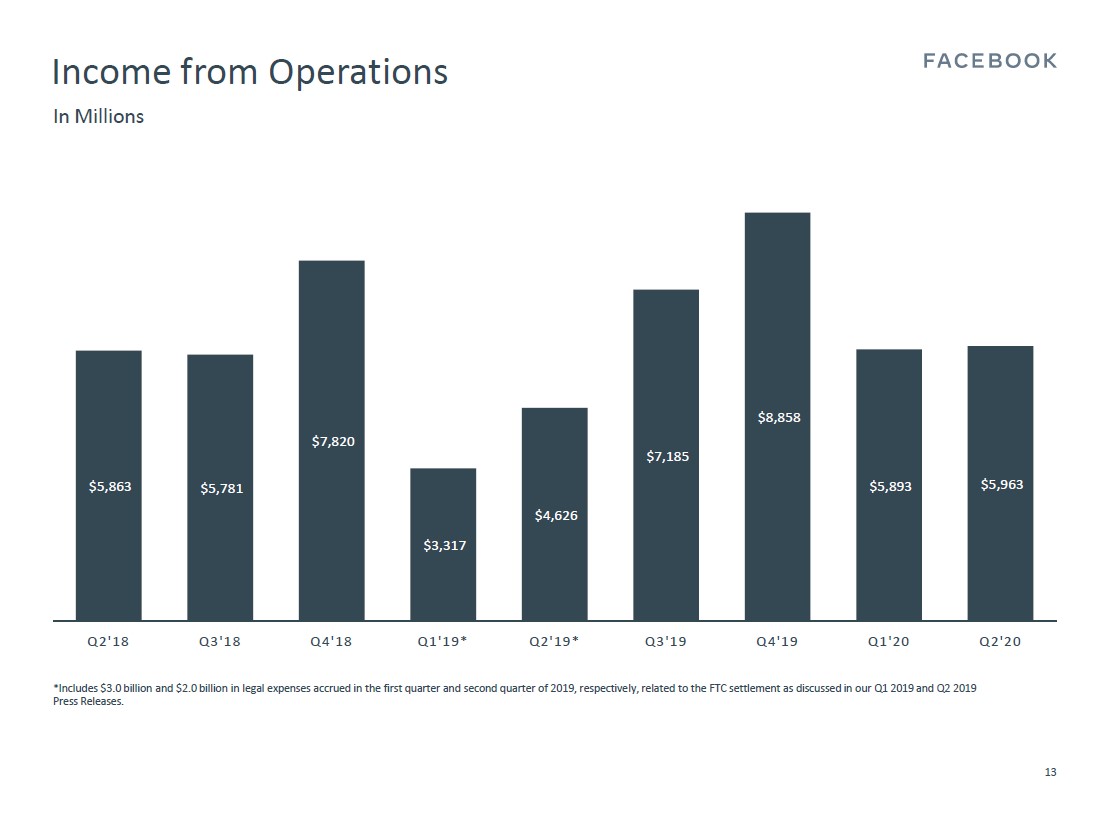

Granular vaccination data were not available from the CDC until four months into the US COVID-19 vaccination campaign, and significant data missingness and incompleteness persist in these data a year into the campaign. These factors emphasize the need to closely monitor US vaccination progress and characterize variation in vaccination rates across both geography and time.Ī variety of COVID-19 vaccination trackers exist, presenting both state and county-level information based on data from the Centers for Disease Control and Prevention (CDC), which in turn relies on data reported by state and local health departments. Additionally, while vaccination offers strong protection against serious illness, breakthrough infections associated with the Delta variant can occur in vaccinated individuals, placing even greater urgency on increasing vaccination levels in the US. Alongside the relaxation of social distancing restrictions and other non-pharmaceutical interventions, the rising prevalence of the highly transmissible Delta (B.1.617.2) variant has significantly raised the threat posed by COVID-19, causing a surge in cases and mortality especially in areas with low vaccination rates. However, a highly decentralized approach to mass vaccination led by individual states has created a patchwork of vaccine uptake, leading to a highly heterogeneous landscape of vaccine immunity.
Facebook growth decelerate significantly mandates vaccine full#
As of August 1, 2021, on average, one in every two Americans has full vaccine protection against SARS-CoV-2. However, vaccine development is but a single step in achieving COVID-19 suppression which requires widespread vaccination. The rapid development of multiple effective vaccines for COVID-19 has been an essential pharmaceutical response to the COVID-19 pandemic, reducing transmission and severe disease. Our findings underline the importance of curating accurate, fine-scale vaccination data and the continued need for widespread vaccination in the US, especially in the wake of the highly transmissible Delta variant. Using a comparison with a mechanistic growth model fitted to our integrated data, we classify vaccination dynamics across time at the county scale. Vaccination progress at the county level is also variable many counties stalled in vaccination into June 2021 and few recovered by July, with transmission of the Delta variant rapidly rising. We find that COVID-19 vaccination coverage in the US exhibits significant spatial heterogeneity at the county level and statistically identify spatial clusters of undervaccination, all with foci in the southern US. To improve efforts to track and characterize COVID-19 vaccination progress in the United States, we integrate CDC and state-provided vaccination data, identifying and rectifying discrepancies between these data sources. Maximizing vaccination requires that we track vaccination patterns to measure the progress of the vaccination campaign and target locations that may be undervaccinated. It is critical that we maximize vaccination coverage across the United States so that SARS-CoV-2 transmission can be suppressed, and we can sustain the recent reopening of the nation.


 0 kommentar(er)
0 kommentar(er)
